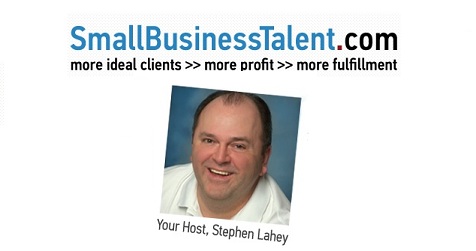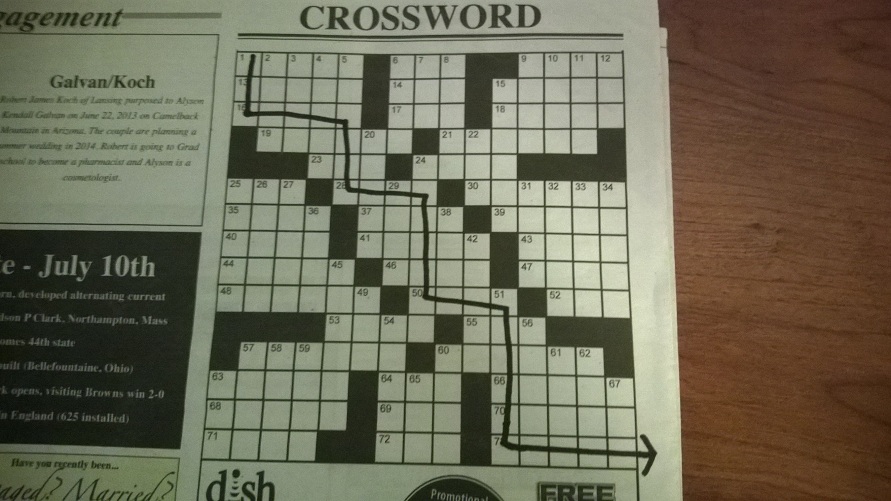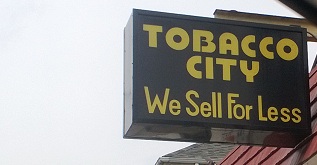“There is nothing to writing. All you do is sit down at a typewriter and bleed.” ~ Ernest Hemingway
Writing was Hemingway’s profession. All he had to do to reach legendary status as a writer was bleed.
I don’t know what success looks like for you. I assume (which is usually a dumb thing to do) that you want to build a solid, profitable business, provide for your loved ones, gain the respect of your peers and attain some level of freedom. Maybe you hope to reach legendary status in your profession.
Take heed to Hemingway’s advice. All you have to do is approach your business or career with a willingness to bleed.
Pouring Out You
As a small business owner or solo professional, you probably know exactly what Hemingway means in the quote above. Your business is an extension of yourself. Day after day, you pour yourself into it. You’re committed to its protection and growth.
In many ways, identifying yourself so closely with your business makes you vulnerable. At the same time, that vulnerability also makes your business appealing:
Your values shine forth. The things that are important to you are the driving force behind the decisions you make. You’re willing to take a courageous stand for what you believe in, even when it doesn’t conform to the industry standards. This can have a polarizing effect; some people will love you and some will hate you. People who share your values and beliefs are more likely to become loyal customers and enthusiastic supporters than they would be if you “played it safe.”
Your “brand” is authentic. What the public sees is what it gets. And what they see is the real you — in the form of a product- or service-providing business. More than ever, consumers are looking for transparent brands to buy from. More than ever, inauthentic brands are shown for what they really are: hucksters more concerned with turning a profit than serving their customers.
It’s hard to connect emotionally (remember: emotion is critical to every purchasing decision) with brands that don’t seem authentic.
Your message has personality. Generic marketing stinks. Personality and uniqueness of voice will make it easier for your business to stand out from the robotic sounds of the boring majority. Your distinct voice will be more attractive to the customers you want to do business with most; your personality demonstrates that you’re one of them! You “get” them! The bond you form can be deeper, i.e., more personal, than anything that can be achieved with pricing or even product specs. I always refer to Apple because they’re a great example of this principle.
Your hard work pays off. If success is 1% inspiration and 99% perspiration, how can you win without a willingness to bleed?
Not everyone who bleeds succeeds. But blood-letting usually precedes success.
Disclaimer: Pouring yourself into your business is no guarantee that you’ll succeed financially. It doesn’t even mean you’ll be fulfilled emotionally. All it guarantees is that you’re more likely to connect with the people you want to serve, partner with those closely aligned with where you are, and that if you do succeed, it will be on your terms, not someone else’s.
Good stuff from around the Web
Brand Your Business with Genesis Storytelling: Great 6-minute video from Tom Wanek on telling the “genesis story” behind your business
What Your Client Really Means by Price Objecting: “Your client just told you that they’re not interested in dealing with you, at least not on this subject. That’s not a price problem, that’s a relationship problem. And that’s a big deal.” Charlie Green tells us what’s really going on when a customer says “It costs too much.”
The Truth About Recycled Ads and Pickup Lines: What happens when you try to pour someone else’s blood into your marketing. Or dating. Great illustration from Chuck McKay.








